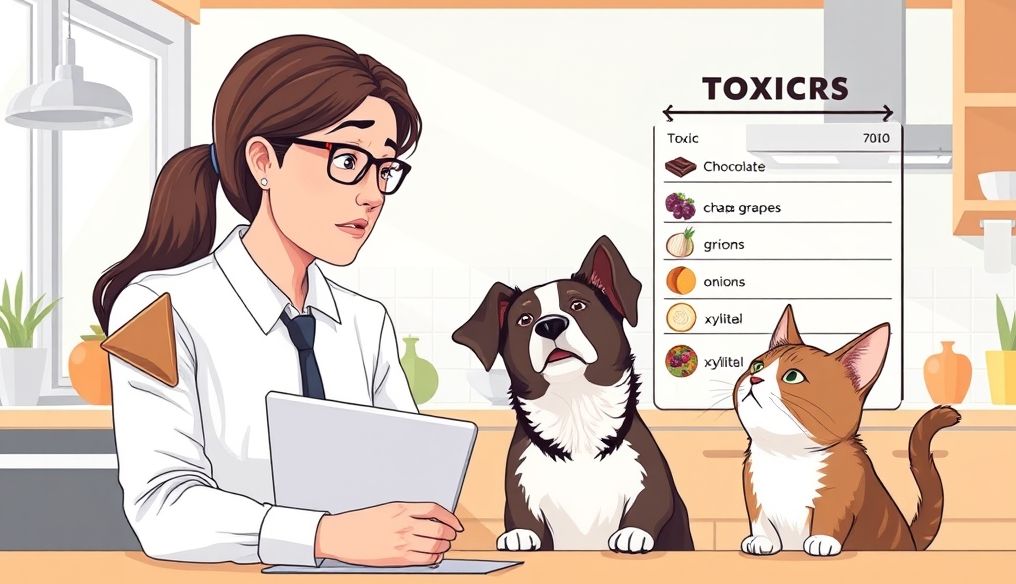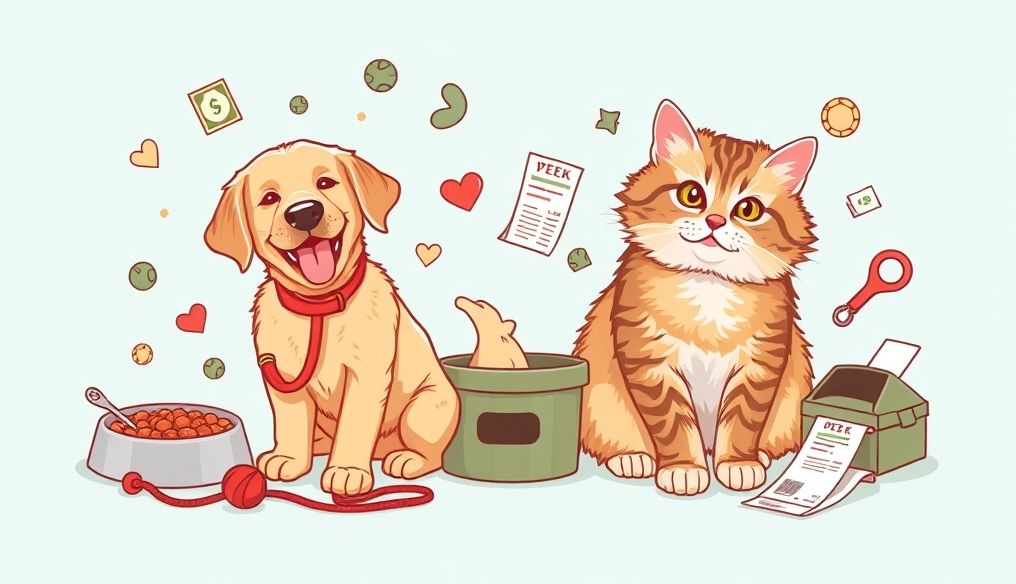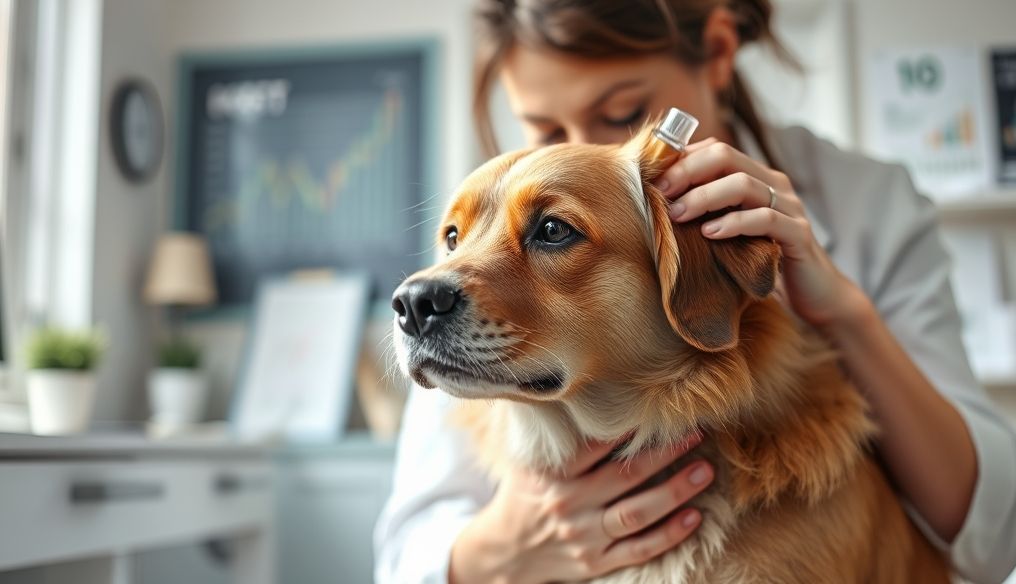What Warning Signs Indicate That Your Pet is Sick?
Pets, such as cats and dogs, cannot directly tell us when they are feeling unwell. Therefore, it is essential to be good observers of their behavior and health. Early detection of signs of illness can make a significant difference in the effectiveness of treatment and its outcomes.
1. Changes in Appetite and Weight
Changes in appetite and weight are among the first signs to watch out for. Has your pet suddenly stopped eating? Are they eating less than usual? Have you noticed an unexplained increase or decrease in weight? These changes may indicate various health issues, such as:
- Dental or oral problems
- Gastrointestinal disorders
- Kidney or liver diseases
- Tumors
Tip: Record the amount of food your pet eats daily and monitor their weight regularly.
2. Changes in Activity Level and Behavior
Has your pet become less active than usual? Are they sleeping more? Are they showing signs of depression or irritability? These behavioral changes may be an indication of pain or illness. Possible causes include:
- Arthritis
- Infection
- Heart problems
- Neurological diseases
Example: If your dog is usually playful and energetic, but now prefers to lie down all day, it could be a sign of a problem.
3. Digestive Problems
Vomiting, diarrhea, and constipation are common signs of digestive problems. These problems can be caused by:
- Eating spoiled or toxic food
- Bacterial or viral infections
- Parasites
- Food allergies
Important: If your pet is experiencing persistent vomiting or diarrhea, or if it is accompanied by blood, you should consult a veterinarian immediately.
4. Breathing Problems
Difficulty breathing, coughing, or wheezing are serious signs that should not be ignored. These signs may indicate:
- Asthma
- Pneumonia
- Heart disease
- Airway obstruction
Warning: If your pet is experiencing severe difficulty breathing, you should take them to the nearest emergency veterinary clinic.
5. Changes in Urination and Drinking
Increased or decreased urination or drinking can indicate kidney problems, diabetes, or other diseases. Pay attention to:
- Increased frequency of urination
- Difficulty urinating or pain during urination
- Increased amount of water the animal drinks
- Blood in the urine
Note: If you notice any of these signs, collect a sample of your pet's urine and take it with you to the veterinarian.
6. Skin and Coat Problems
Excessive itching, hair loss, rash, or sores on the skin can indicate:
- Allergies
- Fungal or bacterial infections
- Parasites (such as fleas and ticks)
- Immune-mediated diseases
Tip: Check your pet's skin and coat regularly for any abnormal signs.
7. Changes in Eyes and Nose
Abnormal discharge from the eyes or nose, redness of the eyes, or persistent sneezing can indicate:
- Eye infections
- Upper respiratory infections
- Allergies
Example: If your cat has yellow or green discharge from its eyes, it could be a sign of an infection.
8. Bad Odors
Bad odors from the mouth, ears, or skin can indicate:
- Dental or gum problems
- Ear infections
- Skin infections
Important: Do not ignore bad odors, as they are often a sign of a problem that requires treatment.
9. Tumors and Lumps
Any lumps or tumors that appear on your pet's body should be examined by a veterinarian. These lumps may be benign or malignant, but it is important to get an accurate diagnosis.
10. Lameness or Difficulty Moving
Lameness or difficulty moving can indicate:
- Injuries
- Arthritis
- Neurological diseases
Tip: If your pet is limping or showing signs of pain when moving, you should consult a veterinarian to determine the cause and receive appropriate treatment.
Remember: Prevention is better than cure. Have regular veterinary check-ups for your pet and ensure they receive the necessary vaccinations and proper nutrition. Continuous monitoring and attention to small details can save your pet's life.




